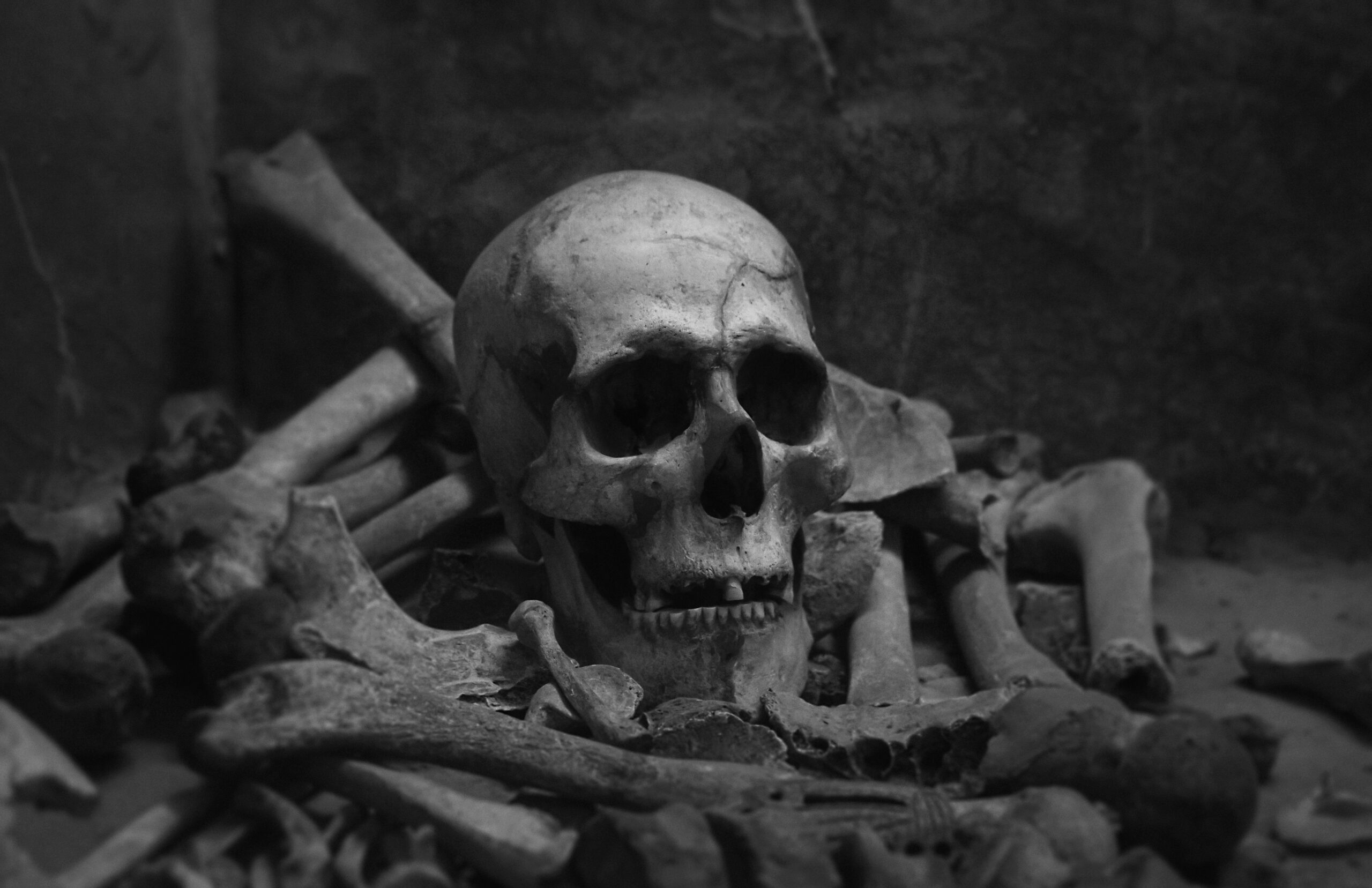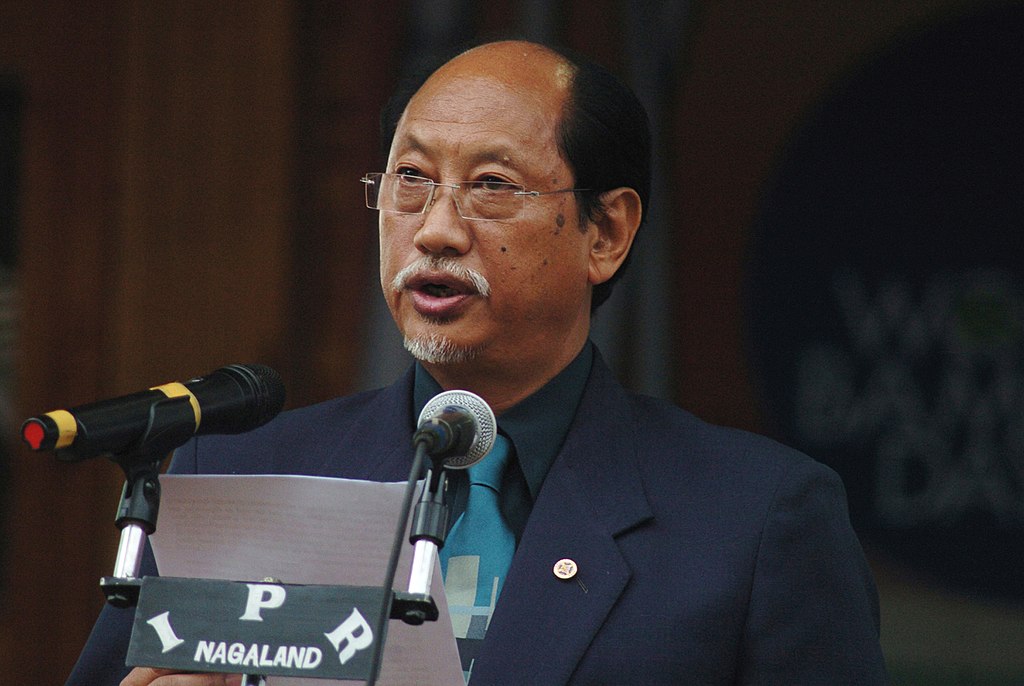
In early October, The Swan auction house in Tetsworth, Oxfordshire, listed several lots of human remains for sale, including skulls from west Africa and shrunken heads from South America.
They were withdrawn within a couple of days after objections were raised by representatives of the Pitt Rivers museum in Oxford and indigenous activists.
The Pitt Rivers Museum specialises in archaeology and anthropology and has been returning similar items from its own collection as part of a wider decolonisation process.
The remains withdrawn from the Swan auction – mostly decorated and adorned skulls – appeared to be from colonial-era collections, with estimated prices ranging from £2,000 to £25,000. They had previously been owned by collectors including the late Playboy owner Hugh Hefner, and Billy Jamieson, a notorious Canadian antique dealer and self-styled “headhunter”.
The remains included examples from the Naga people of India, the Ekoi people of present-day Nigeria and Cameroon, and other groups in the Solomon Islands, Benin, Congo, Nigeria, Amazonia and Papua New Guinea.
While the UK’s museums and education institutions increasingly have professional guidelines about the respectful treatment of human remains, those in private collections do not have any protection. Although it is difficult to legislate how people care for private collections, this case raises the question of whether human remains should still be allowed to be bought and sold at all.
Human remains have long held a fascination for the living. Their collection, display and use has a long, and often dark, history. The Victorians had a penchant for mummies, grinding them up to create new paint colours, tonics for various ailments and more.
There are stories from as late as 1967 of American soldiers removing ears and fingers of those killed during the war in Vietnam as trophies. During and after the Cambodian genocide in the 1970s, some people used the remains of the dead as amulets to ward off dangerous enemies, and as medicines for various illnesses among other things.
The recent auction, however, shows that colonial practices of collecting, owning and displaying the remains of the dead is very much alive in Britain today.
Collecting the dead
Very few countries fully restrict the sale of human remains, and most legislation remains patchy between jurisdictions. There is also often a lack of clarity over whether rules about such items would fall under laws concerned with the treatment of bodies or those that protect heritage.
In England, Wales and Northern Ireland, the Human Tissues Act protects human remains. Emerging as a response to the Alder Hey organ scandal and other similar cases, the act aims to “ensure human tissue is used safely and ethically, with proper consent”.
Its remit, however, is limited to remains that are less than 100 years old. It also only covers disposal, storage and public display. The sale of human tissue is only prohibited if it is for the purposes of medical transplantation.
The majority of remains already in private collections, which were largely accumulated during the colonial period, are therefore not covered. There are also significant issues with enforcement of ethical standards. A study in 2022 showed that the unregulated trade in human remains is thriving on UK social media.
Such a trade suggests the bodies of some human beings are seen as artefacts or artworks. They are treated like objects and not people – added to collections of “curiosities” as though they were any other item in the collection.
This is not a problem of the past or one just relevant to private collections. Such attitudes – that some are worthy of less respect and care than others – underpins much racism, imperialism and xenophobia today. Such views are linked to ideas of the superiority of one group of people to another. The sale of the dead illuminates this in vivid form.
The Swan auction house listed its lots as part of what it called “The Curious Collector Sale” and advertised these remains alongside lots containing movie props, ethnic art and artefacts, collections of taxidermy and fossils, and paintings and posters. Although some were identified as the ancestors of the relevant ethnic group, there was nothing to distinguish them from the other curios and collectibles of the sale.
Neiphiu Rio, the chief minister of Nagaland in India, some of whose ancestral remains were among those being listed, is reported as writing to India’s foreign minister:
You will agree that the human remains of any deceased person belongs to those people and their land. Moreover, the auctioning of human remains deeply hurts the sentiments of the people, is an act of dehumanisation and is considered as continued colonial violence upon our people.

Selling colonial collections, and especially human remains, perpetuates the ideas that were integral to British imperialism – that other people can be things to be owned and traded. We’d be horrified if the remains of our own ancestors or of people from our own society were treated in this way. To start dealing with the underlying issues related to this, such sales need to stop.
We approached the Swan auction house for comment on this story but they did not reply.![]()
Caroline Bennett, Lecturer in Social Anthropology and International Development, University of Sussex and Alanna Cant, Lecturer in Social Anthropology, University of Reading
This article is republished from The Conversation under a Creative Commons license. Read the original article.
Feature image photo by Katherine Kromberg on Unsplash
